The merle pattern in dogs is one of the most visually striking and exotic coat variations found in the canine world. Characterized by a mottled blend of colors and often accompanied by blue or heterochromatic eyes, the merle pattern is a genetic trait that affects the pigment in a dog’s coat, leading to patches of diluted color against a darker background. This captivating appearance is not just aesthetic; it carries genetic implications that can influence the health and well-being of the dog. While Merle is admired for its beauty, responsible breeding practices are crucial to ensure the health of merle-patterned puppies. This article will explore five dog breeds known for showcasing the exotic merle pattern, delving into their origins, personalities, and any specific care considerations associated with their unique coats.
1. Australian Shepherd
The Australian Shepherd, affectionately known as the “Aussie,” is perhaps one of the most well-known breeds for the merle pattern. Despite its name, the breed was developed in the United States to herd livestock. Aussies are energetic, intelligent, and versatile dogs, excelling in various dog sports and activities due to their agility and trainability. The merle pattern in Australian Shepherds can be either blue or red, adding to their striking appearance. However, it’s essential to note that breeding two merle Aussies can lead to health issues in their offspring, such as vision and hearing impairments. Therefore, responsible breeding practices are paramount for this breed.
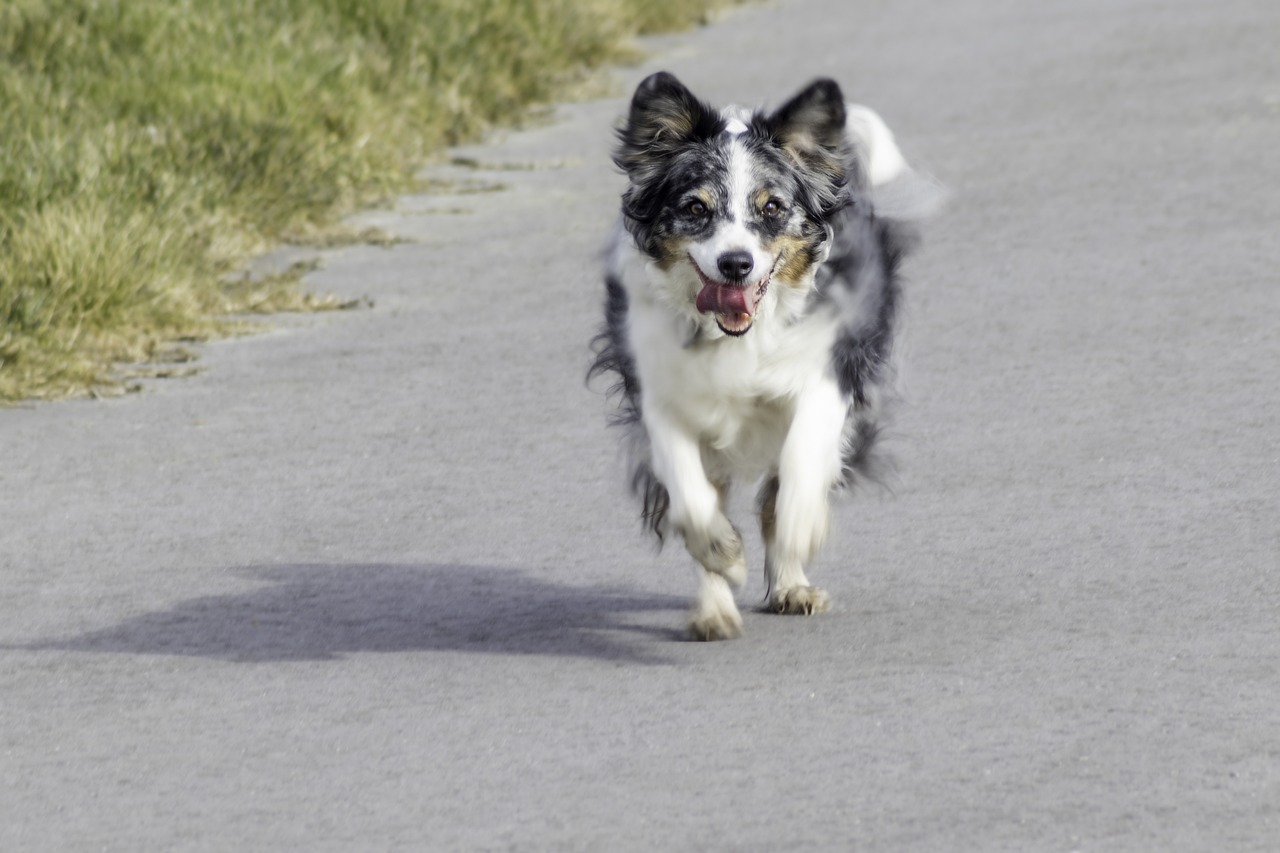
2. Border Collie
Border Collies are celebrated for their remarkable intelligence and herding abilities, often regarded as one of the smartest dog breeds. They too can exhibit the merle pattern, primarily in blue or red, which only adds to their captivating allure. Originating from the border regions between Scotland and England, Border Collies are highly energetic and require ample mental and physical stimulation. The merle variant of this breed retains all the traditional traits of Border Collies, including their work ethic and agility. Prospective owners should ensure they can provide an environment that caters to the breed’s active nature and be aware of the potential health considerations linked to the merle gene.
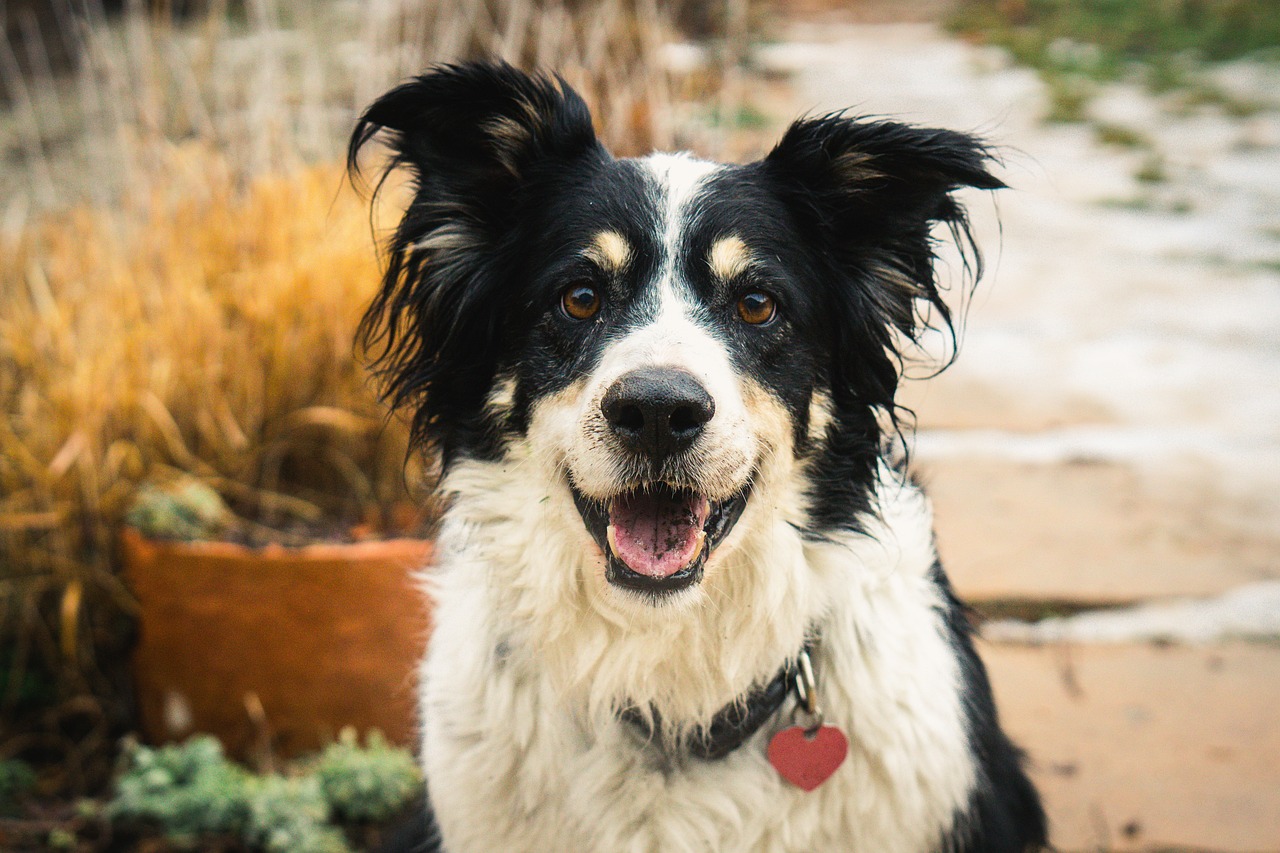
3. Cardigan Welsh Corgi
The Cardigan Welsh Corgi, with its long body and distinctive fox-like appearance, is one of the oldest herding breeds. Cardigans can also display the merle pattern, which adds a unique charm to their already endearing presence. This breed is known for its loyalty, intelligence, and adaptability, fitting well into various family settings. Cardigans are more than just lap dogs; they are active and enjoy engaging in activities that stimulate their minds and bodies. Like other breeds with the merle pattern, Cardigans require responsible breeding to avoid health issues commonly associated with the gene, such as auditory and ocular anomalies.
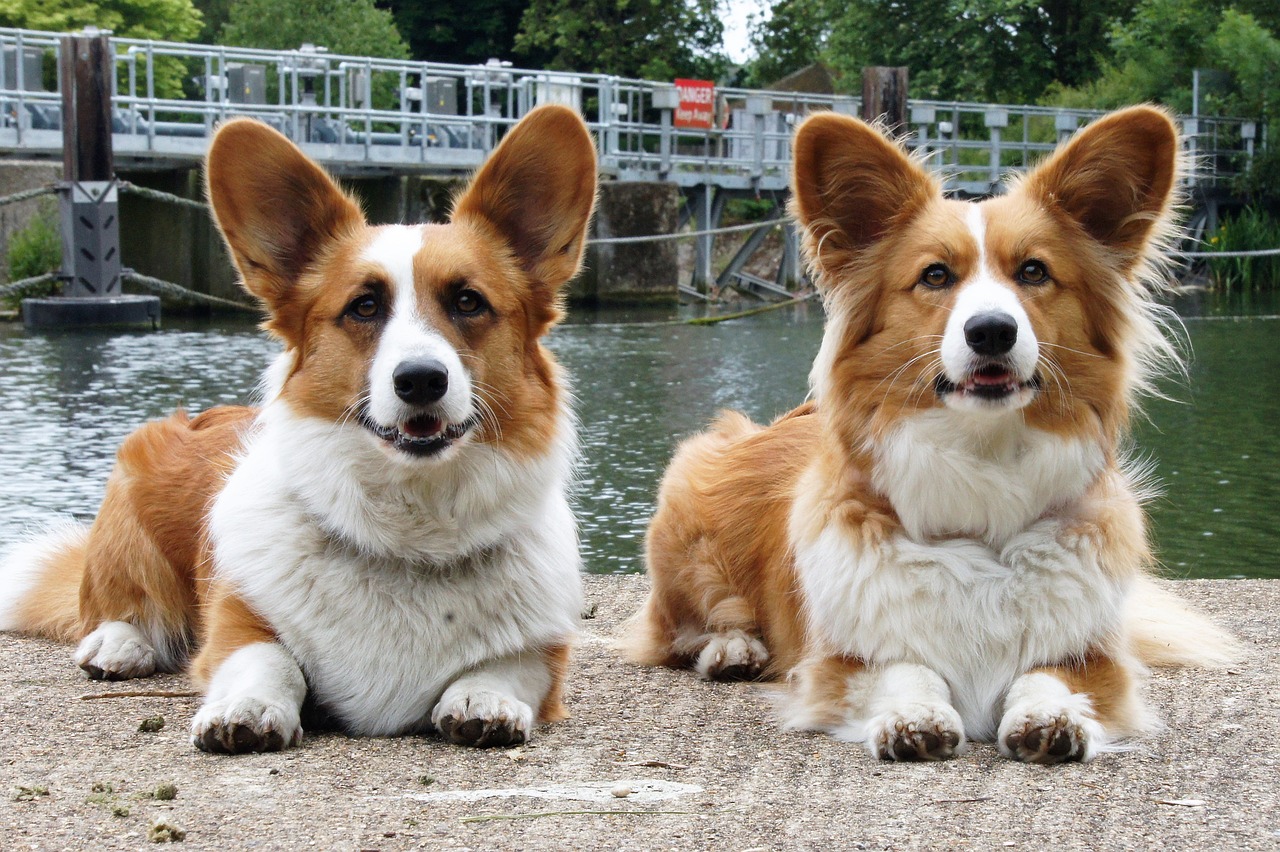
4. Great Dane
Great Danes, known for their imposing size and gentle nature, are often referred to as “gentle giants.” They too can feature the merle pattern, which looks particularly striking given their large canvas. The breed is known for its friendly demeanor, patience, and affection towards family members. Great Danes make excellent companions and are relatively easy to train. However, due to their size, they require owners who can accommodate their space needs and manage their health care, as the breed is prone to certain genetic conditions. The presence of the merle pattern necessitates additional health considerations, emphasizing the importance of careful breeding practices.
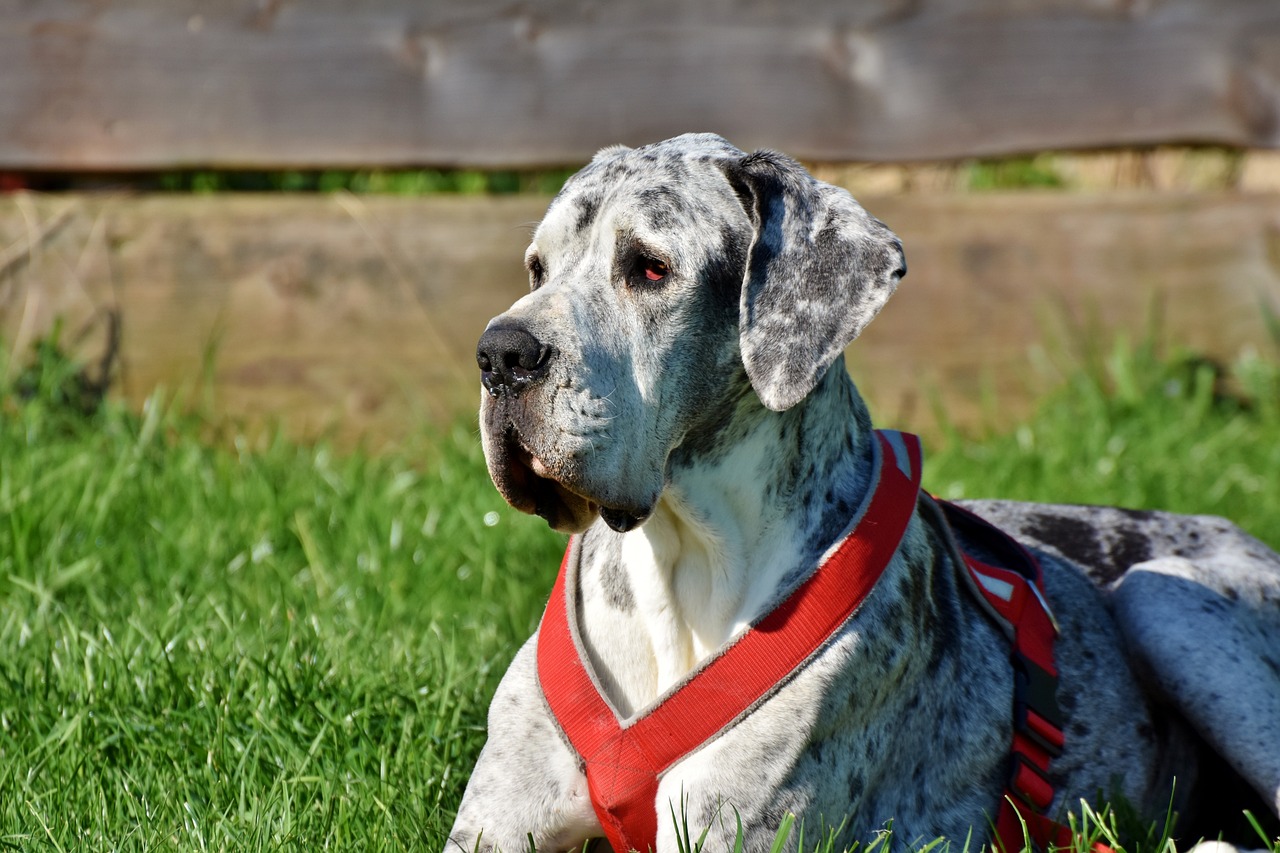
5. Dachshund
Dachshunds, renowned for their long bodies and short legs, showcase the merle pattern in a variation known as “dapple.” This breed is spirited, curious, and often fearless, with a personality that belies its small size. Dachshunds are versatile and can be found with smooth, long, or wire-haired coats, all of which can exhibit the dapple pattern. While dapple Dachshunds are undeniably charming, potential owners should be aware of the health issues that can arise from the merle gene, especially when considering breeding or purchasing a double dapple, where the risk for complications increases.
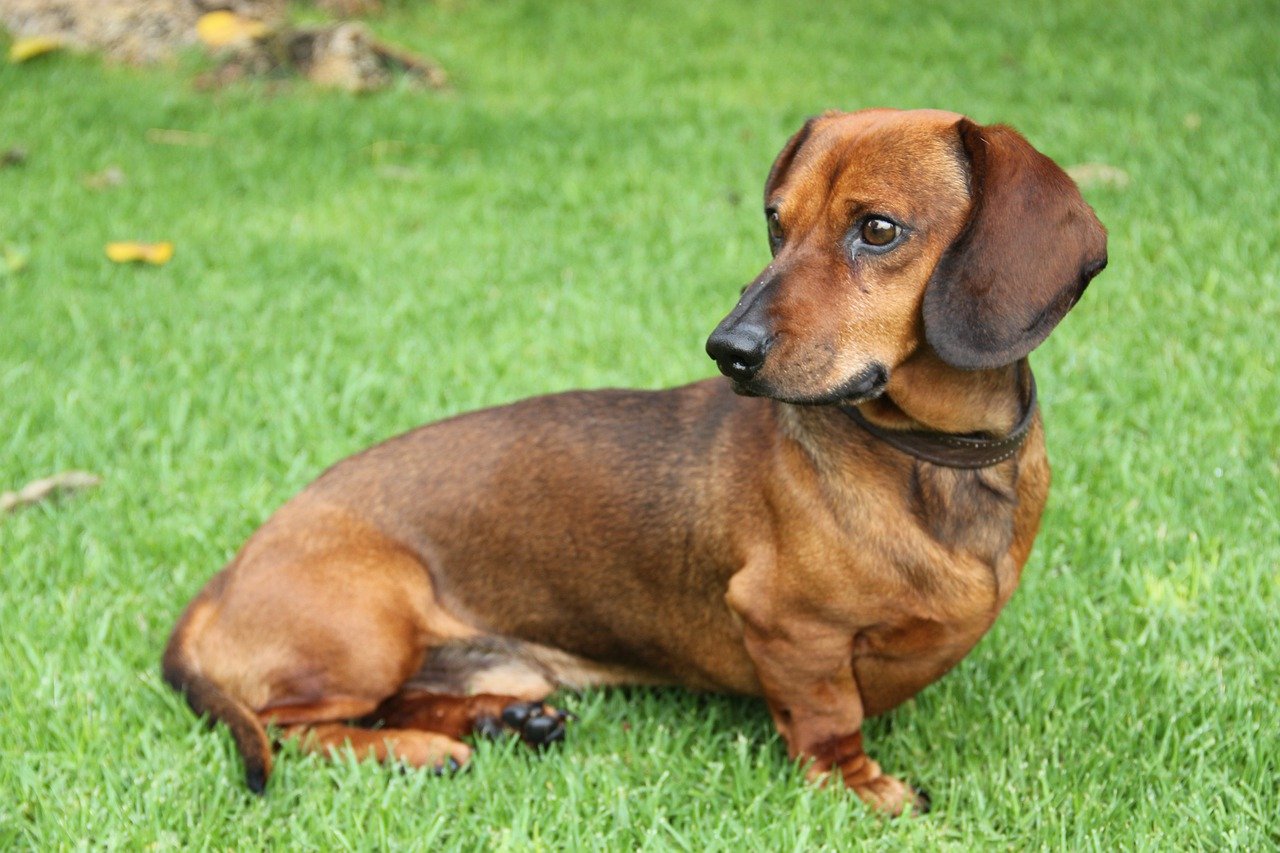
In conclusion, while the merle pattern adds a layer of exotic beauty to these breeds, it comes with significant responsibilities for breeders and owners alike. The health implications associated with the merle gene make it imperative that those interested in owning a merle-patterned dog do so with awareness and care. By prioritizing the health, well-being, and ethical breeding of these dogs, owners can enjoy the unique beauty of the merle pattern while ensuring their canine companions lead healthy, happy lives.
 Toledo, United States.
Toledo, United States.
